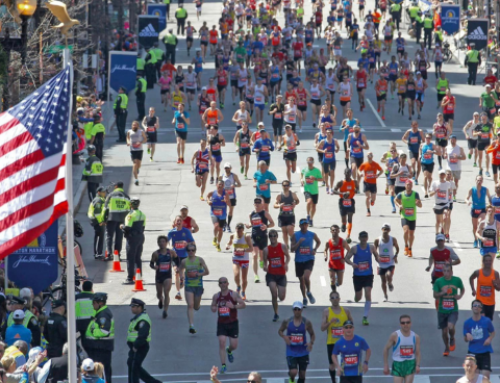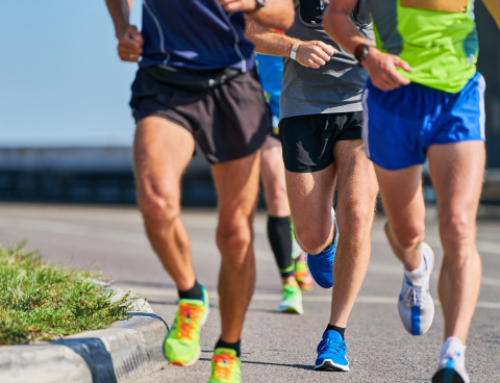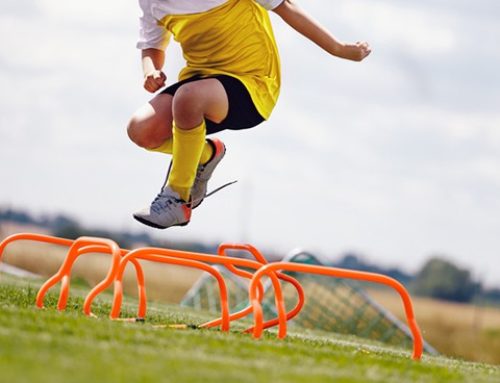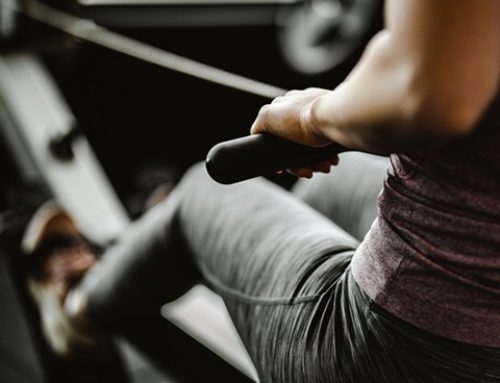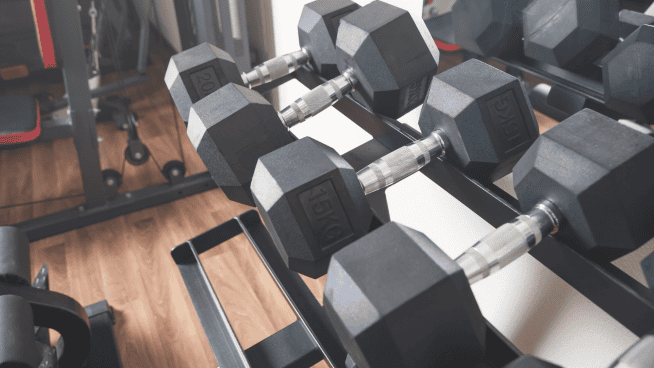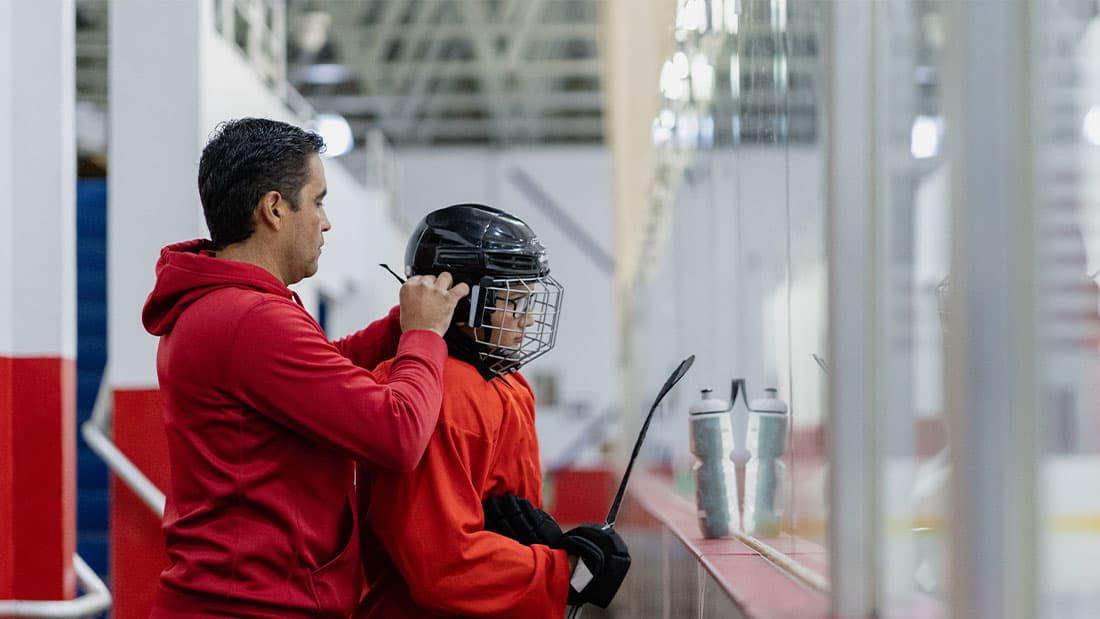Run Safely in The Heat
Training in the heat can be dangerous. However, it will boost your cardiovascular performance. To exercise in the heat, you must understand safety first. However, this is often pushed aside to maximize results. You must be mindful and never push yourself to the point where it sacrifices your health and life. With that being said, let’s look at how to safely train in heat to boost your cardiovascular endurance and power.
Benefits of Exercising in the Heat
When exercising in the heat, acclimation is the name of the game. It is the acclimation to the heat that develops the benefits, not how hard you can push yourself. There is a level of difficulty for your body to regulate its temperature when exercising in the heat. However, once you have adapted to the heat, you can use and enjoy all the benefits.
Exercising in the heat improves the ability to stay cooler in the heat
Training in the heat increases blood flow and circulation to the skin to cool your body down. Over time, your core temperature decreases and acclimates to remain lower.
Exercising in the heat increases your blood volume
Increasing blood volume helps to transport nutrients more efficiently and effectively throughout your whole body. This is important to prevent dehydration.
Exercising in the heat increases your blood plasma.
Plasma contains mostly water. One of plasma’s main functions is to remove waste. Plasma transports this waste to specific organs like the kidneys or liver to eliminate it. Also, an essential aspect of plasma is to transport electrolytes between and into cells. Electrolytes are important for cells and muscles to function properly during exercise, especially in the heat, when losing sweat.
When you sweat, you lose electrolytes. Losing too much can cause symptoms like:
- muscle weakness
- seizures
- heart arrhythmias, and in the case of exercising in the heat, heatstroke.
Plasma is also essential because it prevents dehydration by not allowing the blood to thicken.
Acclimation to the heat causes sweating to happen earlier
This acclimation allows your body to stay cooler. Also, you lose fewer electrolytes because sweating sooner means the body regulates faster, improving the retention of fluids in your body. Furthermore, you feel the effects of being thirsty sooner that helps avoid dehydration. Many times, people don’t feel thirsty until they are already dehydrated.
Acclimation to the heat causes adaptations on a cellular and muscular level
Cells and muscles improve their tolerance to function better in the heat.
Heat acclimation improves cardiac output.
Your heart develops the ability to pump more blood faster. This increases cardiovascular capacity and VO2 max.
Exercising in the heat improves mental strength.
Your mind adapts when your body undergoes challenges.
Is Exercising in the Heat Dangerous?
It can be. You must never push yourself to the point of failure in the heat. Always be smart about your training, mindful about how you feel, and in control to stop. Just because you are in good shape or an athlete does not mean you will not become dehydrated or affected by heatstroke. Taking things too far is the real problem, and that thought process exposes you to the dangers.
How to Safely Exercise in the Heat
- Make sure you stay hydrated when thirsty. Drink 30 oz. of an electrolyte drink every 20 minutes.
- Stay off trails and quiet locations when training in the heat. Be more visible in case you need help.
- Don’t just drink water; drink a drink with electrolytes. It is more essential and powerful than water.
- Never push yourself to the point of failure. The purpose is not to train excessively in the heat. The results come from acclimation.
- Training or exercising in the heat is much different than normal. The time you spend training in the heat will require more breaks. Take the breaks!
- When acclimating to the heat, you’ll be forced to compromise training intensity and quantity. Be smart!
How to Incorporate Heat Acclimation Training into Your Workout
Work out in the heat a little bit each day. Eventually, your body will adapt to the heat more effectively. It will only take about 3-5 sessions to acclimate to exercising in the heat.
If you acclimate little by little, you will attain a greater result. If you push too much and too hard, your body will keep trying to stop you, and you will expose yourself to the potential risks and dangers of the heat.
You don’t need to do it every day or every workout
Start jogging 2 times a week, and each week you can add a day, only if possible. Also, you can do high-intensity workouts in the morning or at sundown when the temperatures are lower. You can save your lower-intensity workouts for during the day when the temperatures are hotter.
You can do intervals from high to low-intense interval training in hotter temperatures. However, do less high intensity and more low intensity.
Sit in the sauna for about 15-20 minutes.
If it is difficult for you to exercise in the heat, try sitting in a dry sauna. It does not replace the intensity exercised in the heat produces, but it does have a cross-over effect. It is a very passive way that can help you acclimate to the heat. Drink water or Gatorade as needed. Always have your drink with you in the sauna just in case you feel faint, so you don’t have to scramble to find fluids. Leave the sauna and hydrate right away.
Surprisingly, training in the heat is excellent for improving your exercise, fitness, and endurance. Again, safety cannot be overlooked, and you must find the perfect amount of training to create acclimation. Avoid the egos call to force and push harder.
Acclimating to the heat is something you can’t simply go gung-ho and do. Learn to be mindful of your body when exercising in the heat to avoid the potential dangers. Take those breaks and drink every 20 minutes or as needed. And, don’t worry about the decrease in your exercise intensity; acclimation is the result.
Read More:
RECOMMENDED FOR YOU
MOST POPULAR
Run Safely in The Heat
Training in the heat can be dangerous. However, it will boost your cardiovascular performance. To exercise in the heat, you must understand safety first. However, this is often pushed aside to maximize results. You must be mindful and never push yourself to the point where it sacrifices your health and life. With that being said, let’s look at how to safely train in heat to boost your cardiovascular endurance and power.
Benefits of Exercising in the Heat
When exercising in the heat, acclimation is the name of the game. It is the acclimation to the heat that develops the benefits, not how hard you can push yourself. There is a level of difficulty for your body to regulate its temperature when exercising in the heat. However, once you have adapted to the heat, you can use and enjoy all the benefits.
Exercising in the heat improves the ability to stay cooler in the heat
Training in the heat increases blood flow and circulation to the skin to cool your body down. Over time, your core temperature decreases and acclimates to remain lower.
Exercising in the heat increases your blood volume
Increasing blood volume helps to transport nutrients more efficiently and effectively throughout your whole body. This is important to prevent dehydration.
Exercising in the heat increases your blood plasma.
Plasma contains mostly water. One of plasma’s main functions is to remove waste. Plasma transports this waste to specific organs like the kidneys or liver to eliminate it. Also, an essential aspect of plasma is to transport electrolytes between and into cells. Electrolytes are important for cells and muscles to function properly during exercise, especially in the heat, when losing sweat.
When you sweat, you lose electrolytes. Losing too much can cause symptoms like:
- muscle weakness
- seizures
- heart arrhythmias, and in the case of exercising in the heat, heatstroke.
Plasma is also essential because it prevents dehydration by not allowing the blood to thicken.
Acclimation to the heat causes sweating to happen earlier
This acclimation allows your body to stay cooler. Also, you lose fewer electrolytes because sweating sooner means the body regulates faster, improving the retention of fluids in your body. Furthermore, you feel the effects of being thirsty sooner that helps avoid dehydration. Many times, people don’t feel thirsty until they are already dehydrated.
Acclimation to the heat causes adaptations on a cellular and muscular level
Cells and muscles improve their tolerance to function better in the heat.
Heat acclimation improves cardiac output.
Your heart develops the ability to pump more blood faster. This increases cardiovascular capacity and VO2 max.
Exercising in the heat improves mental strength.
Your mind adapts when your body undergoes challenges.
Is Exercising in the Heat Dangerous?
It can be. You must never push yourself to the point of failure in the heat. Always be smart about your training, mindful about how you feel, and in control to stop. Just because you are in good shape or an athlete does not mean you will not become dehydrated or affected by heatstroke. Taking things too far is the real problem, and that thought process exposes you to the dangers.
How to Safely Exercise in the Heat
- Make sure you stay hydrated when thirsty. Drink 30 oz. of an electrolyte drink every 20 minutes.
- Stay off trails and quiet locations when training in the heat. Be more visible in case you need help.
- Don’t just drink water; drink a drink with electrolytes. It is more essential and powerful than water.
- Never push yourself to the point of failure. The purpose is not to train excessively in the heat. The results come from acclimation.
- Training or exercising in the heat is much different than normal. The time you spend training in the heat will require more breaks. Take the breaks!
- When acclimating to the heat, you’ll be forced to compromise training intensity and quantity. Be smart!
How to Incorporate Heat Acclimation Training into Your Workout
Work out in the heat a little bit each day. Eventually, your body will adapt to the heat more effectively. It will only take about 3-5 sessions to acclimate to exercising in the heat.
If you acclimate little by little, you will attain a greater result. If you push too much and too hard, your body will keep trying to stop you, and you will expose yourself to the potential risks and dangers of the heat.
You don’t need to do it every day or every workout
Start jogging 2 times a week, and each week you can add a day, only if possible. Also, you can do high-intensity workouts in the morning or at sundown when the temperatures are lower. You can save your lower-intensity workouts for during the day when the temperatures are hotter.
You can do intervals from high to low-intense interval training in hotter temperatures. However, do less high intensity and more low intensity.
Sit in the sauna for about 15-20 minutes.
If it is difficult for you to exercise in the heat, try sitting in a dry sauna. It does not replace the intensity exercised in the heat produces, but it does have a cross-over effect. It is a very passive way that can help you acclimate to the heat. Drink water or Gatorade as needed. Always have your drink with you in the sauna just in case you feel faint, so you don’t have to scramble to find fluids. Leave the sauna and hydrate right away.
Surprisingly, training in the heat is excellent for improving your exercise, fitness, and endurance. Again, safety cannot be overlooked, and you must find the perfect amount of training to create acclimation. Avoid the egos call to force and push harder.
Acclimating to the heat is something you can’t simply go gung-ho and do. Learn to be mindful of your body when exercising in the heat to avoid the potential dangers. Take those breaks and drink every 20 minutes or as needed. And, don’t worry about the decrease in your exercise intensity; acclimation is the result.
Read More:

